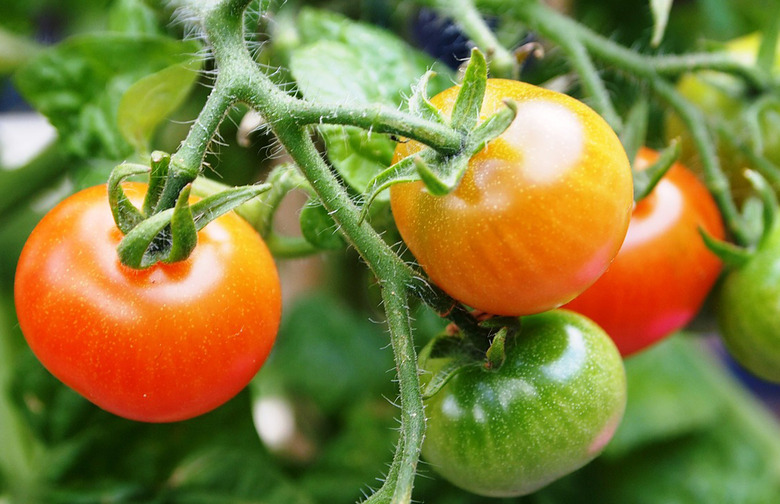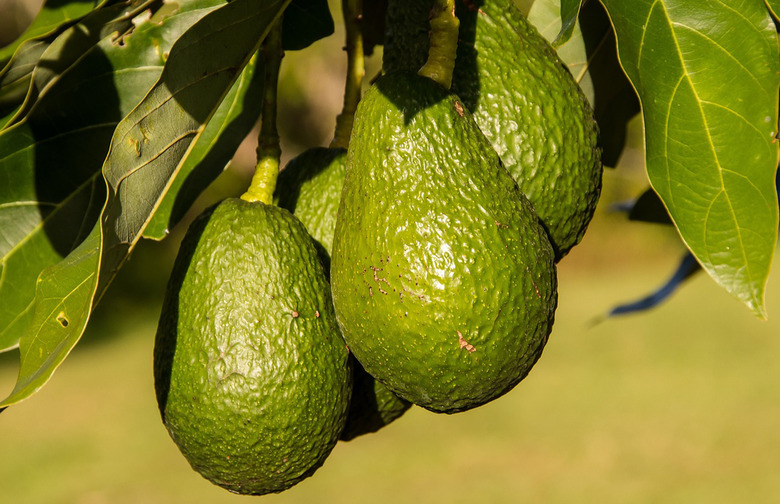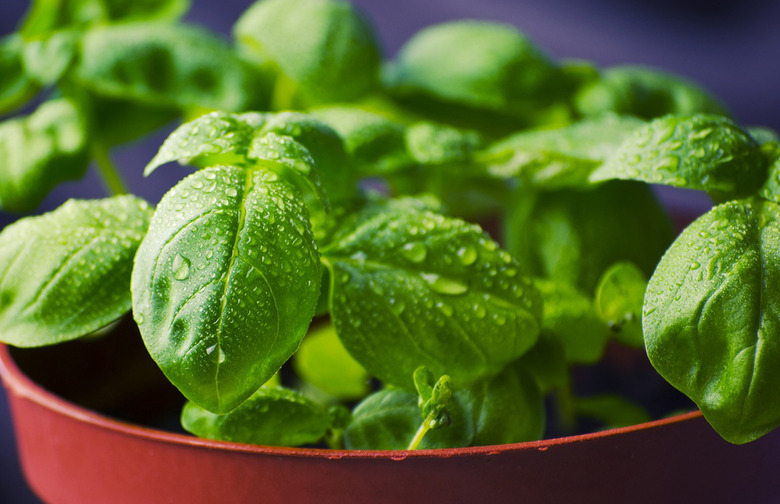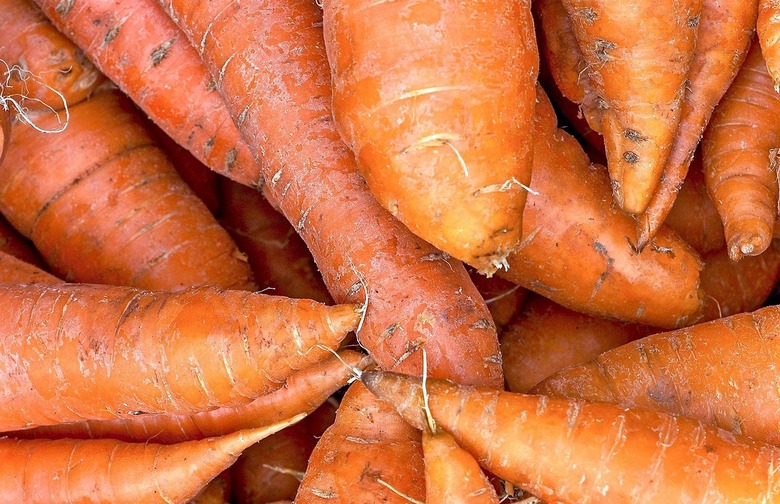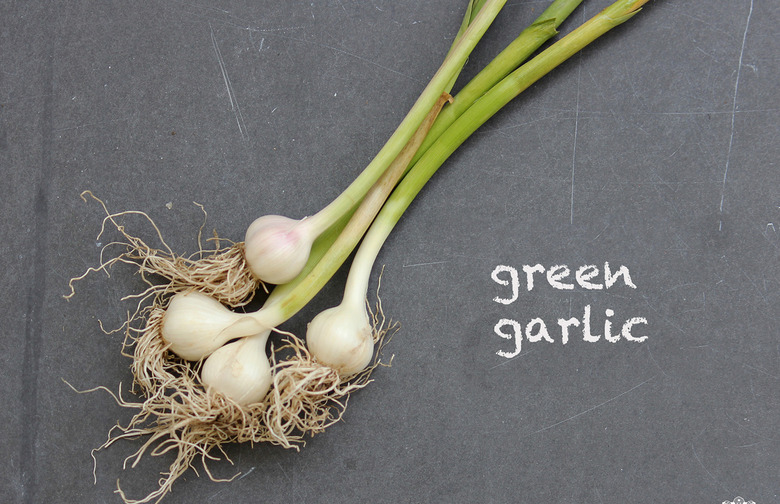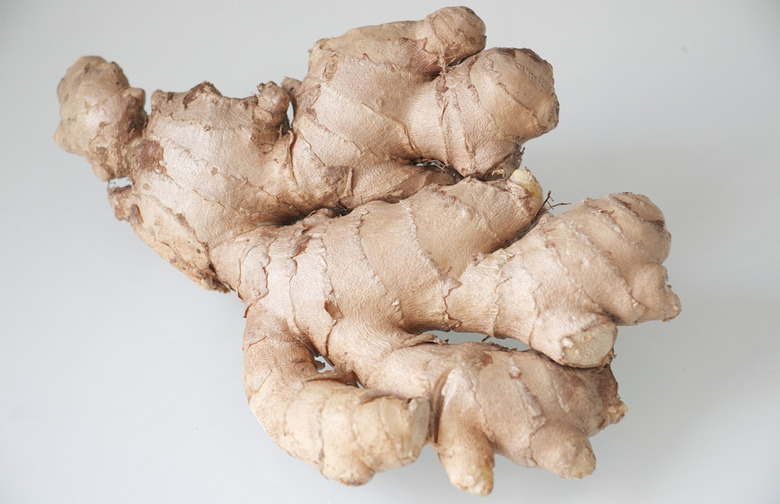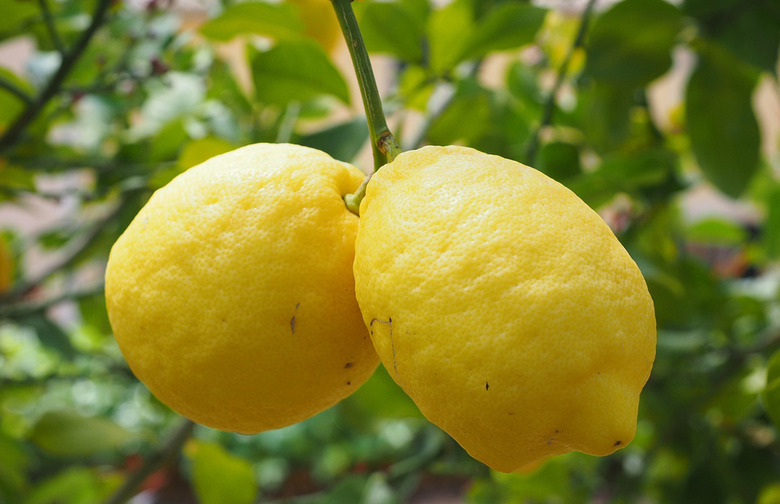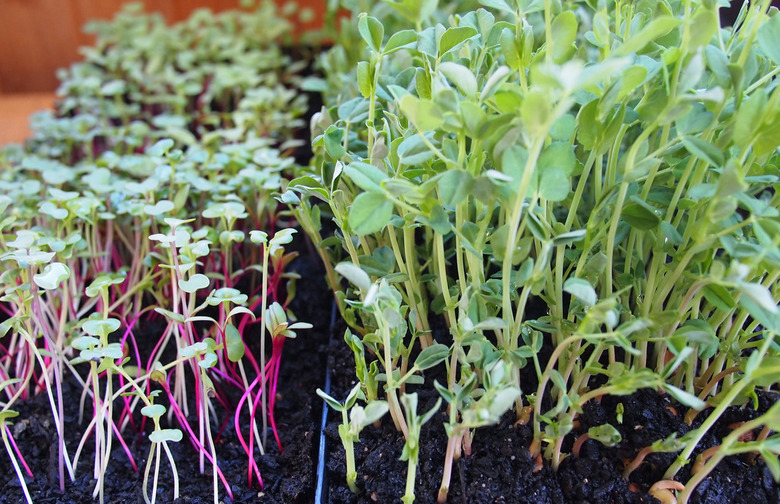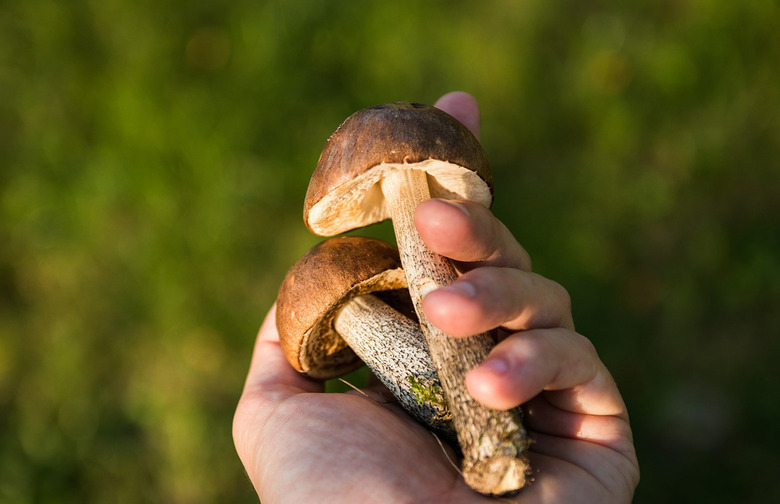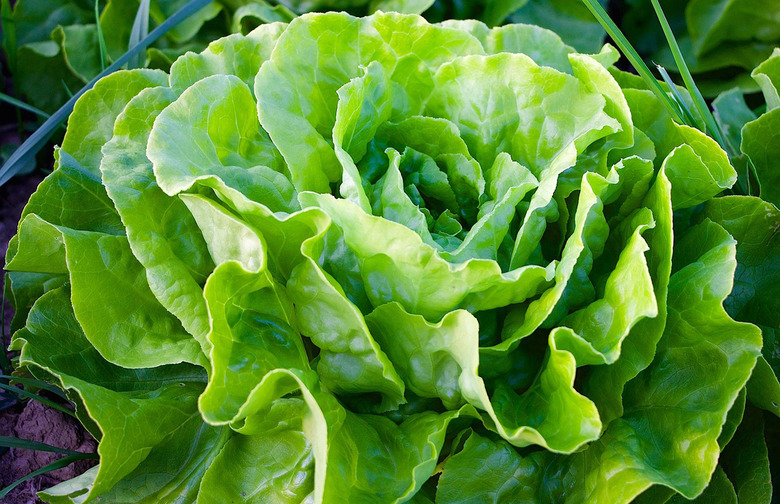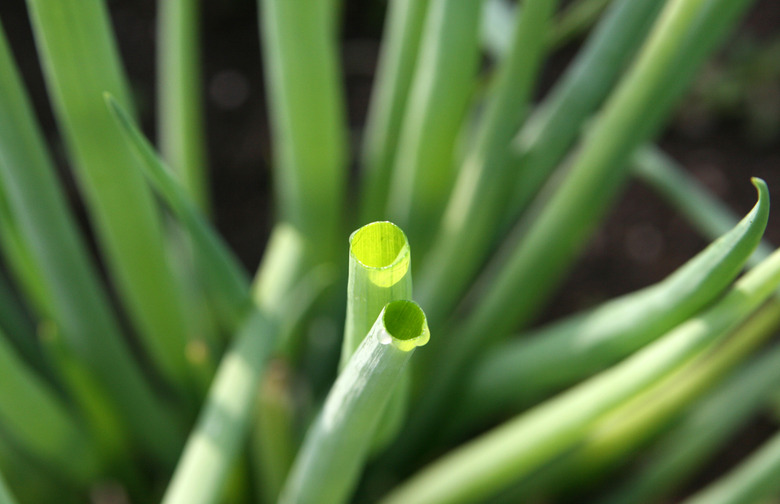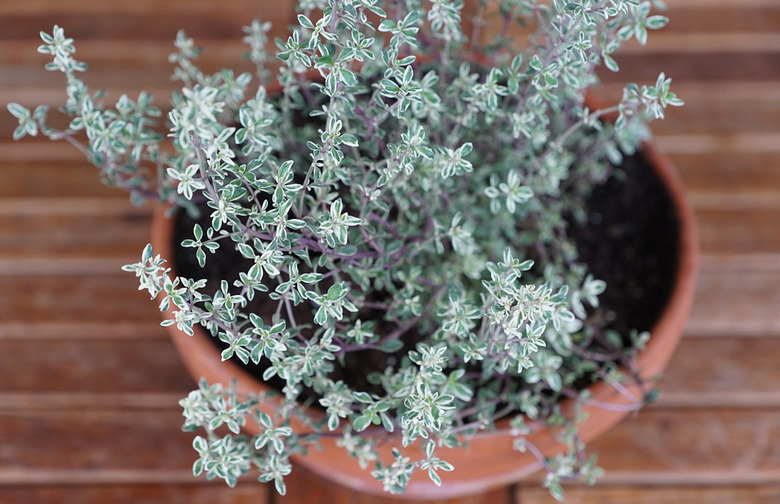19 Edible Houseplants For Your Kitchen
Put your green thumb to work this winter by growing edible plants indoors, like fragrant herbs, fruiting miniature shrubs, and microgreens that will help you stay healthy all winter long. Whether you are a locavore or urbanite looking to stay warm while practicing your gardening skills this winter, we have 20 edible plants that are perfect for growing indoors.
Avocado
If you are looking for a way to have fresh avocados all winter long, then consider investing in a dwarf avocado plant. You will need a well-draining pot. Then, line the pot with sand before adding the potting soil on top. Avocado plants require moderate watering and regular pruning.
Basil
Carrots
Chives
Garlic Greens
Similar to scallions, garlic greens are easier to grow indoors than garlic bulbs. For the garlic greens, all you need are several intact garlic cloves. Plant them in a small pot with holes for draining. Push the cloves into the soil, pointed end facing up, and water. Keep your garlic greens plant in direct sunlight and remember to water often for best results.
Ginger
To plant ginger indoors, all you need is a pot about 8 inches in diameter, potting soil, and ginger root straight from the grocery store. Plant the root in the potting soil, covering completely, and then place in a spot with indirect-sunlight. Water the plant moderately, being careful not to waterlog the roots.
Kale
Want to have big bowls of leafy, folic-rich greens all winter without going to the market? All you need is a few uniform-sized pots, seedlings, and an LED grow light. Kale requires lots of light — probably more than you get inside your apartment in winter — so a grow light will most likely be necessary. Then, plant the seeds in nutrient-rich potting soil, and leave the light on about 14 hours a day. You will see your kale plants sprout in no time.
Lemons
You will need a little extra space if you want to grow lemons indoors, but there are small shrub-sized varietals that will thrive in a large draining pot. You want the pot to be slightly larger than the roots. Pot your plant with a slightly acidic, loam-based soil blend. Keep your plant in a bright sunny spot that is around room temperature.
Mandarin Oranges
You can find dwarf varietals of a mandarin orange plant to grow indoors. These plants require lots of space, so a large pot is necessary. These orange plants also require lots of sunlight and regular watering.
Microgreens
If you want to grow an assortment of greens without taking up too much space, then microgreens are the answer. You can grow kale, cilantro, arugula, Swiss chard, beets, radishes, and more in a two-inch deep tray. Fill the tray with potting soil to the top, and water to moisten. Then, sprinkle the seeds over top and cover with a thin layer of soil. Spritz with water, and place the tray on a sunny windowsill. Be sure the windowsill is warm — around 65 degrees F. Lightly mist every day to keep the soil moist.
Mint
Choose a wide, not too deep pot for your mint plant. Fill with well-draining potting soil. Your mint plant will need a warm and sunny place to grow, making a windowsill ideal.
Mushrooms
Mushrooms can be difficult to cultivate, but there are many kits available online and in stores that make growing mushrooms at home simple. Either purchase an inoculated log that is both practical and attractive, or you can make your own by inoculating straw with mushroom spores, and then stuffing a laundry basket with holes with the straw.
Parsley
Caring for parsley indoors is simple: Keep the herb plant in a location with direct sunlight and remember to keep the soil moist. You can add other herbs to your parsley herb container if you like.
Radishes
Radishes might not be the first thing you think of when you think houseplant, but they can be successful when grown indoors. Radishes need plenty of sunlight, moisture, and cool soil. Choose a smaller varietal, like perfecto, sparkler, or Easter egg, since you will need a pot large enough to contain the entire root. Plant your radishes in a rich, loose soil, and remember to water regularly.
Rosemary
A key to growing rosemary indoors is not overwatering. The plant is naturally drought-resistant and so requires more sunlight and less water than you might think. It can be grown in a small herb pot on the windowsill, just make sure the soil is always moderately moist, but never waterlogged.
Salad Greens
Purchase a starter plant and a window box with drainage holes from your local nursery. Then, fill with potting soil. Space your plants about four inches apart. Water the soil regularly. When you harvest, only remove the outer leaves and leave the roots undisturbed.
Scallions
For the scallions, all you need to do is purchase a bunch from the grocery store. Leave the rubber band on the grouping, and place in a cup of water. Wait about 10 days for the roots to double in size, changing the water every day. Then plant in a shallow pot. Water well to keep the soil moist and keep the plant in direct sunlight.
Thyme
Thyme likes full sunlight, like other herbs, so a windowsill is an ideal place to keep your thyme plant. Thyme is fairly resilient and can withstand temperatures ranging from 50 to 80 degrees F. Use a liquid supplement along with well-draining soil to pot your plant.
Tomatoes
You will need a six-inch pot for one tomato plant. Plant the seeds a quarter-inch deep in starter soil. The seed will take about 10 days to germinate when kept in direct sunlight and regularly watered to keep the soil moist. Once the plant is three-inches in height, replant with potting soil. About two weeks from first transplanting, add fertilizer soil to the pot. The plant may need staking as it grows.
